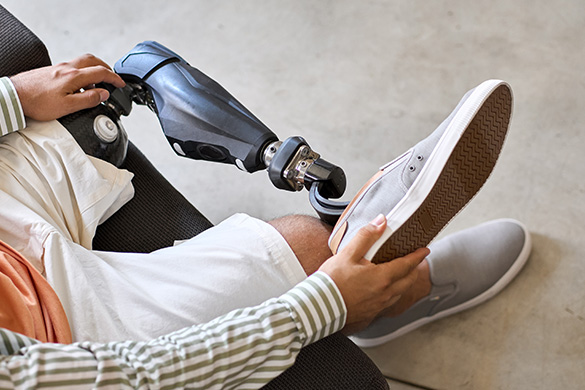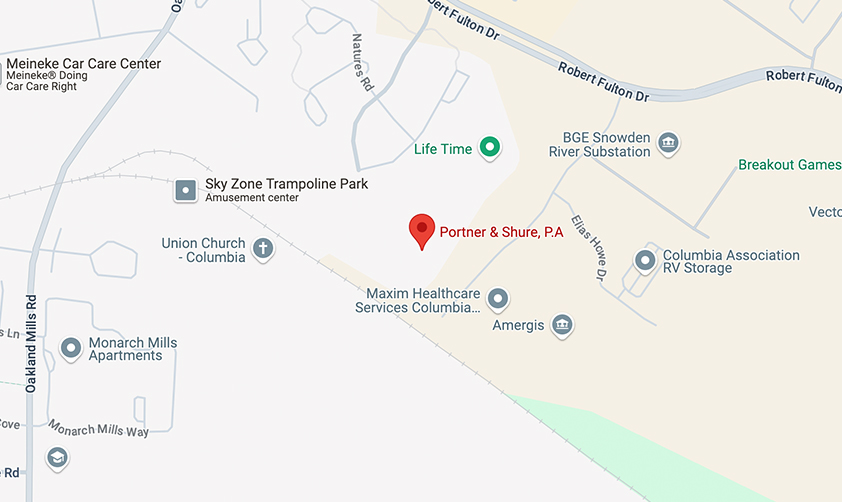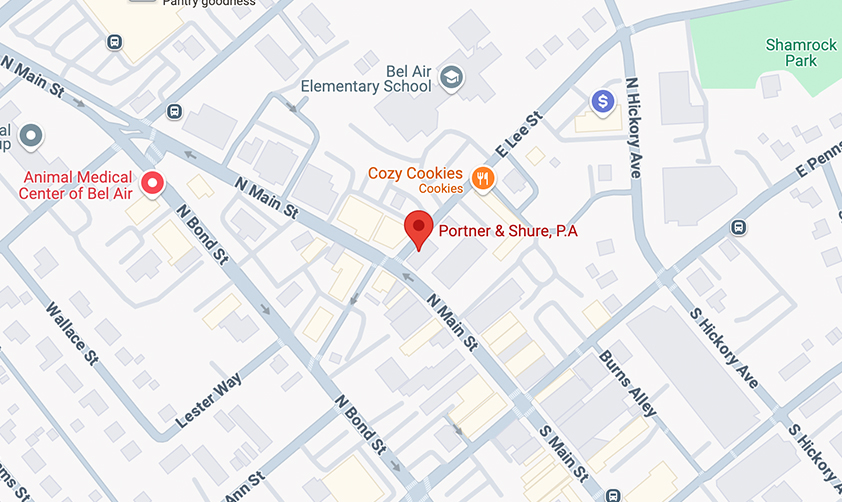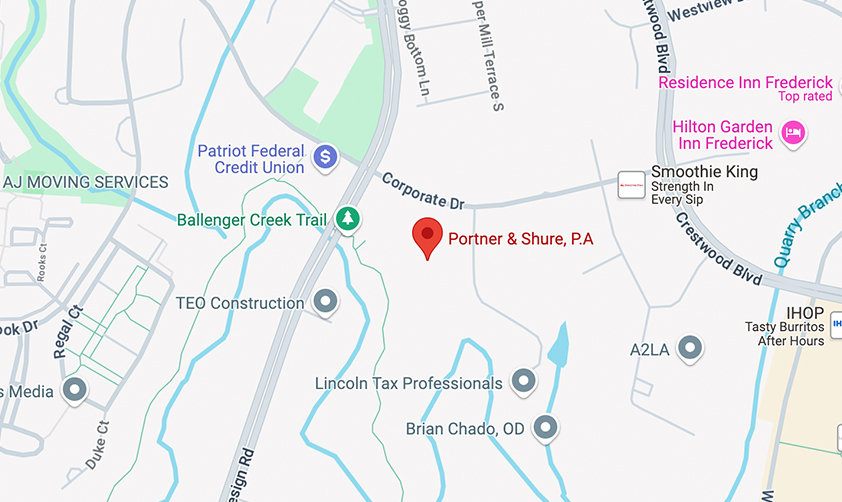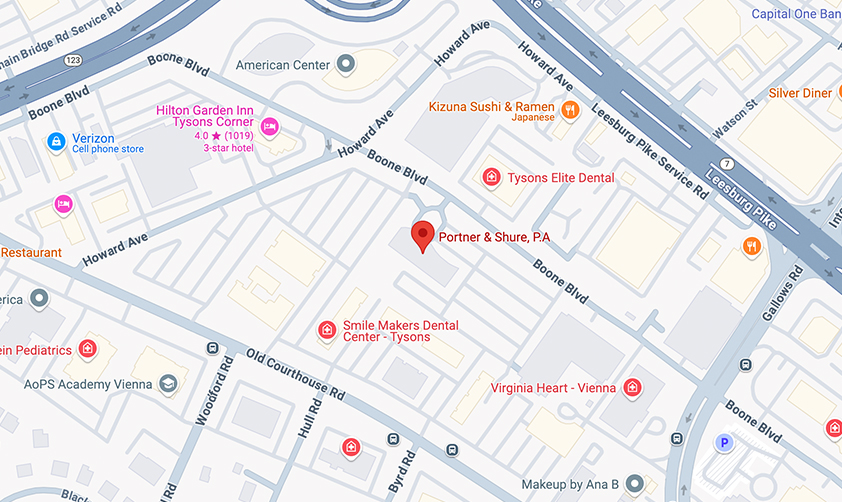If you have lost a limb in an accident in Maryland, Virginia, or Washington D.C., you may be entitled to significant financial compensation. However, you must act quickly to protect your legal rights to fair compensation. At Portner & Shure, P.A., our experienced amputation injury attorneys are ready to take immediate action to help you recover the award or settlement you deserve.
If you or someone you love has suffered an amputation injury, contact our amputation injury lawyers in Virginia, Maryland, and Washington D.C. at (410) 995-1515 today.
Understanding Amputation Injuries and Their Impact
Amputation is a surgical procedure in which a part or the entire limb (such as an arm or a leg) is removed from the body. This procedure is typically performed when a limb or a part of a limb is damaged or diseased to such an extent that it cannot be effectively treated or salvaged, and the removal is necessary to improve the patient's overall health and quality of life. Amputations can also be necessary in cases of severe trauma, accidents, or congenital deformities.
Common types of amputations include:
- Partial Toe or Finger Amputation: This involves the removal of a portion of a finger or toe due to injury, infection, or circulation problems. In some cases, only a small part of the digit may need to be removed.
- Below-Knee Amputation (Transtibial): In this type of amputation, the lower leg is removed below the knee joint. It is one of the most common types of lower limb amputations.
- Above-Knee Amputation (Transfemoral): This involves the removal of the leg above the knee joint. It is a more complex and functionally challenging procedure compared to below-knee amputations.
- Below-Elbow Amputation (Transradial): This is the removal of the forearm below the elbow joint.
- Above-Elbow Amputation (Transhumeral): In this case, the arm is amputated above the elbow, which can significantly impact the patient's functional abilities.
- Partial Foot Amputation: This type of amputation may involve the removal of part of the foot and can range from partial toe amputations to more extensive removal of the forefoot or hindfoot.
- Hemipelvectomy: A hemipelvectomy is a more extensive procedure that involves the removal of half of the pelvis and the associated leg. It is usually performed in cases of severe cancer or trauma.
- Hip Disarticulation: This amputation involves the removal of the entire leg and hip joint, leaving the pelvis intact. It is used in specific medical situations.
- Transmetatarsal Amputation: This procedure involves the removal of the metatarsal bones and is often performed when the front part of the foot is severely diseased or damaged.
- Digit Amputations: Apart from partial finger or toe amputations, specific digits can be amputated as needed. For example, amputations of the thumb, index finger, or other specific fingers may be performed when necessary.
Leading Causes of Traumatic Amputations
Common types of traumatic accidents that may lead to amputation include:
- Motor Vehicle Accidents: Car, motorcycle, and pedestrian accidents can result in severe limb injuries. High-speed collisions and the force involved in these accidents can lead to crush injuries, fractures, and severe soft tissue damage, often necessitating amputation.
- Workplace Accidents: Industrial accidents, especially those involving heavy machinery or equipment, can lead to traumatic limb injuries. Crush injuries, entanglement in machinery, or falls from heights can result in the loss of a limb.
- Construction Accidents: Construction sites are often hazardous environments. Accidents involving heavy construction equipment, falling debris, or power tools can lead to traumatic injuries, including limb amputations.
- Farming Accidents: Farming machinery, such as tractors, combines, and other equipment, poses a significant risk for limb injuries. Accidents on farms can lead to amputations, particularly involving limbs getting caught in moving parts.
- Sports Injuries: High-impact sports and activities, such as football, rugby, or extreme sports, can lead to traumatic limb injuries. Collisions, falls, and other incidents can result in severe fractures or dislocations requiring amputation.
- Firearms and Explosive Injuries: Gunshot wounds or explosions can cause devastating limb injuries, and in some cases, amputation may be necessary to control bleeding and remove damaged tissue.
- Electrical Injuries: Electric shocks can cause severe burns and nerve damage in limbs, and in some cases, amputation may be required to treat the injury or prevent infection.
- Crush Injuries: These can occur in various situations, including being trapped under heavy objects or in structural collapses. The immense pressure can cause extensive tissue damage and may necessitate amputation to save the person's life or prevent complications.
- Severe Falls: Falls from heights, such as construction sites, cliffs, or high places, can lead to significant limb injuries. The impact and force of such falls can result in fractures, dislocations, and soft tissue injuries that may require amputation.
- Explosions and Bombings: Victims of explosions or bombings may suffer severe blast injuries that can result in traumatic amputations due to the force and shrapnel involved in the explosion.
- Boating and Watercraft Accidents: Accidents involving boats, jet skis, or other watercraft can lead to limb injuries, particularly if someone becomes trapped in machinery or is involved in a collision on the water.
It's essential to note that in traumatic accidents resulting in limb injuries, timely and appropriate medical care is crucial. Immediate assessment and treatment can sometimes help save a limb or reduce the extent of amputation required. Additionally, advances in trauma care and rehabilitation have improved outcomes for individuals who have experienced limb amputations due to traumatic accidents.
Get Expert Legal Support for Your Amputation Claim
If you have suffered an amputation injury, you need the assistance of a skilled amputation injury attorney. Do not hesitate to let our team at Portner & Shure, P.A. fight for your entitled compensation. Let us protect your rights and best interests inside and outside the courtroom, while you focus on making the best possible recovery from injury.
If you or someone you love has suffered an amputation injury in Washington D.C, Maryland, or Virginia, contact our amputation injury attorneys at (410) 995-1515 today.

